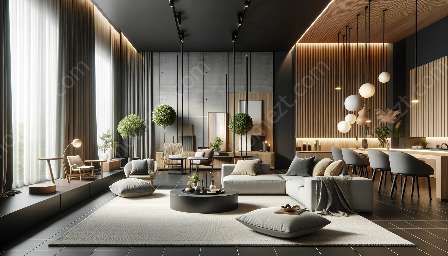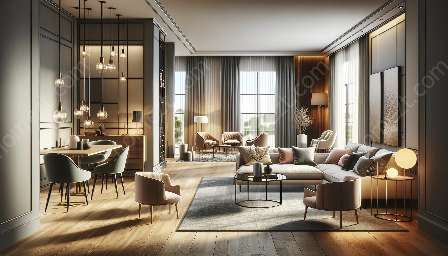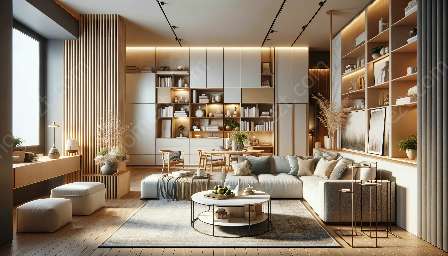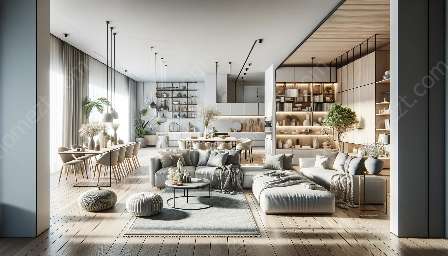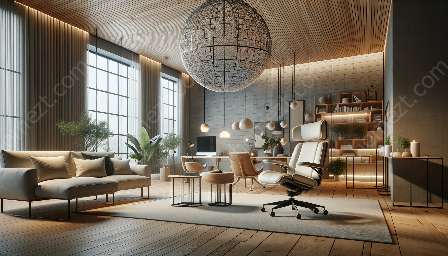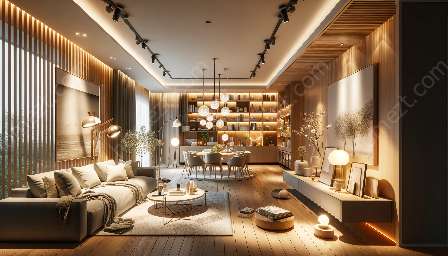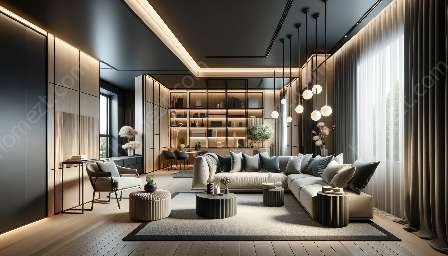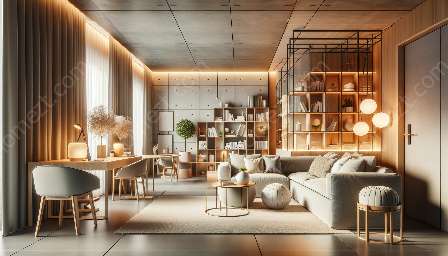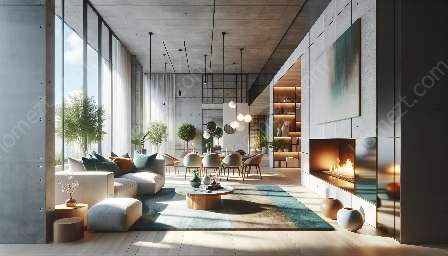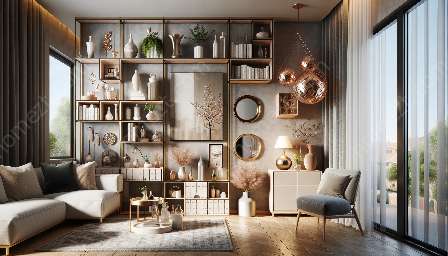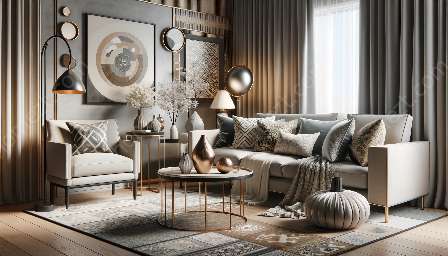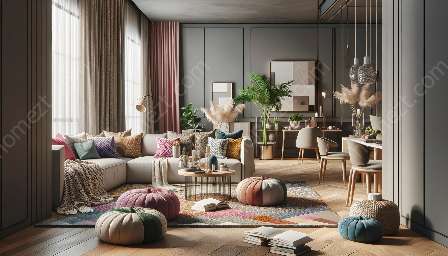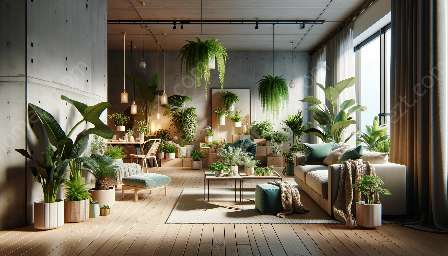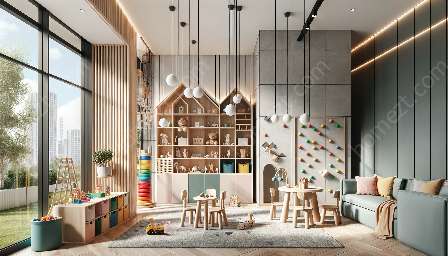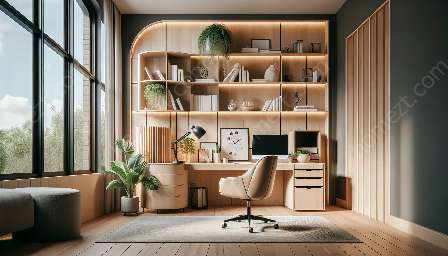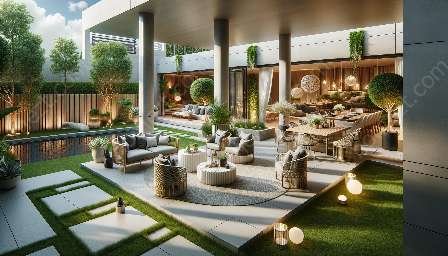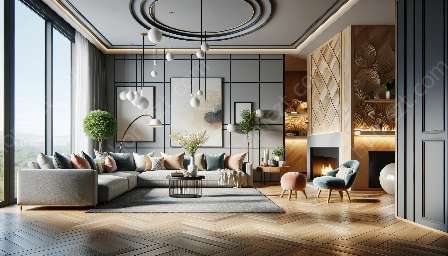Lighting placement plays a crucial role in the overall design and functionality of a space. When done correctly, it not only illuminates the room but also enhances the aesthetics of the area, complements the home furnishings, and contributes to efficient space planning. In this comprehensive guide, we'll explore how to strategically place lighting to create an inviting and well-designed environment that seamlessly integrates with your space planning and home furnishings.
Understanding the Importance of Lighting Placement
Proper lighting placement is essential for achieving a balanced and harmonious interior design. It can affect the perceived size of a room, create focal points, and highlight the architectural features and home furnishings. When considering space planning, the strategic placement of lighting fixtures can also help define different zones within a space, such as living areas, dining spaces, or workstations.
Types of Lighting
There are three main types of lighting to consider when planning the placement of light fixtures:
- Ambient Lighting: Provides overall illumination for a space, typically through ceiling-mounted fixtures, chandeliers, or track lights.
- Task Lighting: Offers focused light for specific activities such as reading, cooking, or working. Task lighting can be provided by desk lamps, pendant lights, or under-cabinet lighting.
- Accent Lighting: Highlights architectural details, artwork, or home furnishings to create visual interest. This type of lighting is often achieved with recessed spotlights, wall-mounted fixtures, or track lighting.
Strategic Lighting Placement Tips
When integrating lighting with space planning and home furnishings, consider the following tips for optimal placement:
- 1. Utilize Multiple Light Sources: Instead of relying on a single central light fixture, incorporate multiple light sources to create layers of light and enhance the ambiance of the space.
- 2. Scale and Proportion: Ensure that the size and scale of the lighting fixtures are proportionate to the surrounding furnishings and the overall room size.
- 3. Highlight Focal Points: Use lighting to draw attention to focal points such as artwork, architectural features, or decorative elements within the room.
- 4. Consider Task Lighting Needs: Identify specific areas that require task lighting, such as reading nooks, kitchen counters, or workspaces, and place fixtures accordingly to fulfill these needs.
- 5. Integrating Lighting with Space Functionality: Align the placement of lighting fixtures with the intended functionality of the space. For instance, in a dining area, pendant lights can be positioned directly above the table to provide optimal illumination for meals and gatherings.
Integration with Space Planning and Home Furnishings
Integrating lighting with space planning and home furnishings involves a thoughtful approach to ensure that the lighting design harmonizes with the overall layout and decor elements. This can be achieved by:
- 1. Consider the Traffic Flow: When planning the placement of lighting fixtures, account for the natural traffic flow within the space. Ensure that the fixtures do not obstruct movement or create visual barriers.
- 2. Align with Furniture Arrangement: Coordinate the placement of lighting fixtures with the arrangement of furniture to establish a balanced and cohesive look. For example, pendant lights can be positioned directly over a coffee table or seating area to define the space.
- 3. Complementing Decor Elements: Choose lighting fixtures that complement the style, material, and color palette of the home furnishings. This can contribute to a unified and visually appealing interior design.
Conclusion
Strategic lighting placement is a key component of creating a well-designed and functional living space. By integrating lighting with space planning and home furnishings, you can elevate the overall aesthetic appeal of your home while improving the functionality and comfort of each room. Whether you're aiming to create a cozy ambiance for relaxing evenings or a bright, well-lit workspace, thoughtful lighting placement can make a significant difference in the look and feel of your interior design.

